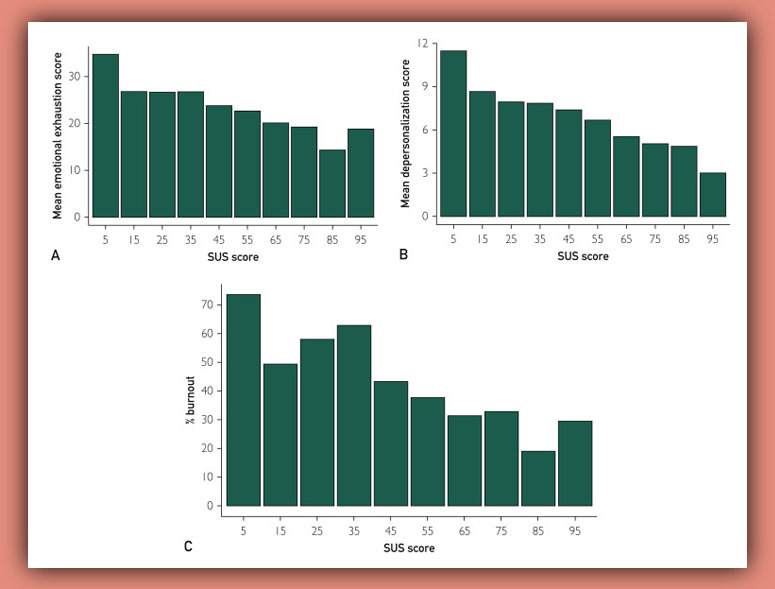Mayo study finds Electronic Health Records less user-friendly than Excel
Using the System Usability Scale (SUS) in a major study published this week, Mayo researchers found modern Electronic Health Records (EHR) to be less user-friendly than Microsoft Excel. EHR got an SUS score of 45, which also ranks below GPS (maps), Amazon, and ATMs. At the top of the scale – Google search.
Between the dates of October 12, 2017, and March 15, 2018, a study was conducted with the then-most-recent system of Electronic Health Records and related systems. This study used the American Medical Association Physician Masterfile to assemble a sample of US physicians from all specialty disciplines "with deliberate oversampling of non–primary care specialties." In total, they collected 5197 completed surveys.*
This first bit was used for the research as follows: Shanafelt, T.D., West, C.P., Sinsky, C. et al. Changes in burnout and satisfaction with work-life integration in physicians and the general US working population between 2011 and 2017. Mayo Clin Proc. 2019; 94: 1681–1694.
*Per this newest study, a random 25% (1250 of 5197) of responders completing the initial electronic survey completed a subsurvey evaluating their EHR's usability. This secondary study included 10 questions with a 5-point Likert scale from Strongly Disagree to Strongly Agree.
This newest study goes by the name "The Association Between Perceived Electronic Health Record Usability and Professional Burnout Among US Physicians" with Mayo Clinic Proceedings, and can be found with DOI:10.1016/j.mayocp.2019.09.024, authored by Edward R. Melnick, MD, MHS, et al., 2019 Mayo Foundation for Medical Education and Research.

ABOVE: Via Mayo Clinic Proceedings, "System Usability Scale (SUS) score for the electronic health record (EHR) from the analysis reported here and compared across studies in other industries with everyday products mapped onto a grading scale, acceptability ranges, and percentile of scores. ATM = automated teller machine; DVR = digital video recorder; GPS = global positioning system."
Figure adapted from: Kortum PT, Bangor A. Usability ratings for everyday products measured with the System Usability Scale. International Journal of Human–Computer Interaction. 2013;29(2):67-76.—with permission (for the study linked below) from Taylor & Francis publishing, License Number 4594911446562.
The results were cross-referenced with physician burnout, measured using the MBI. MBI (Maslach Burnout Inventory) showed whether individuals were considered to have "professional burnout", given scores on depersonalization and/or emotional exhaustion subscales.

ABOVE: Via Mayo Clinic Proceedings, "Distribution of (A) emotional exhaustion scores, (B) depersonalization scores, and (C) percent respondents with burnout by System Usability Scale (SUS) score in 10-point categories."
The study showed that "SUS scores were associated with emotional exhaustion, depersonalization, and overall burnout; as SUS scores increased, emotional exhaustion and depersonalization scores decreased, as did the overall prevalence of burnout."
It's important to note that some specialties at higher risk for burnout rated their EHRs more favorably than those at lower risk for burnout. "This finding suggests that the relationship between EHR usability and burnout may not be due to more burned out physicians rating their EHR less favorably."
In short, modern physician-perceived electronic health record (EHR) usability is lacking. There's a lot of room for improvement in the way the United States electronic health records system handles data and allows data to be accessed and utilized.
